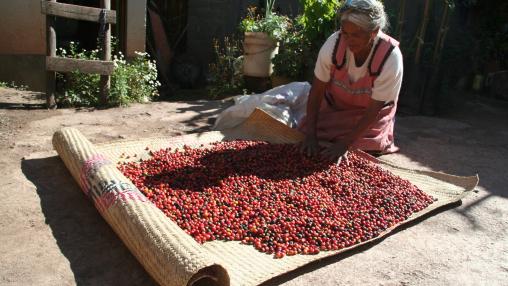
Food market stability: A necessary step for global social and environmental sustainability
Think20 (T20) is a G20 engagement group that connects and collaborates with think tanks around the world to provide ideas and recommendations to G20 leaders. This post summarizes the first in a series of seven briefs by the T20 task force on Sustainable Energy, Food, and Water Systems, one of ten T20 task forces for this year’s Saudi Arabia G20 Presidency. First in a series.

FAO Food Price Index Rebounds in June
The FAO Food Price Index rose in June, making the first such increase in 2020. Higher prices for vegetable oils, sugar, and dairy products drove the 2.4 percent increase.
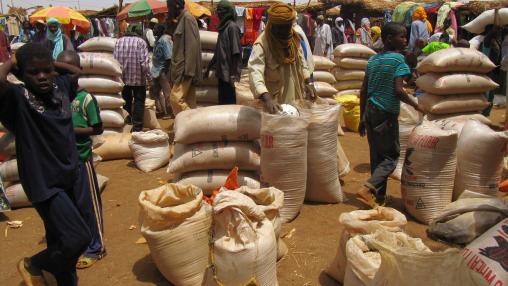
Prepare food systems for a long-haul fight against COVID-19
The COVID-19 pandemic has hit the global economy hard, and in many places other factors—such as the locust invasion in East Africa and falling export commodity prices—are compounding its effects. FAO Chief Economist Maximo Torero observes that no modern economy has experienced anything like the combination of the Great Lockdown and the worst recession since the Great Depression, and that these could trigger a global food crisis—with Africa south of the Sahara especially vulnerable. He lays out a series of policy prescriptions that can help keep millions from starvation and fortify food systems for a post-pandemic world.—Johan Swinnen, series co-editor and IFPRI Director General.
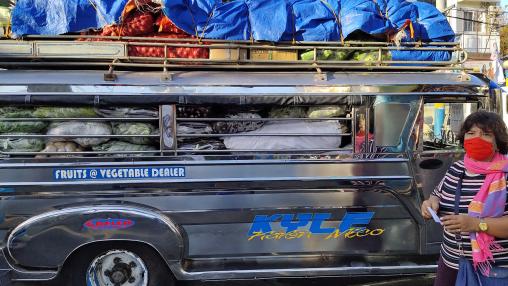
COVID-19 and resilience innovations in food supply chains
Food supply disruptions in developing countries during the COVID-19 pandemic have been varied and often severe, especially in labor-intensive segments of supply chains. Tom Reardon of Michigan State University and IFPRI’s Jo Swinnen summarize early experiences in both international and domestic supply chains across various types of firms and commodities. They review a range of innovations developed to keep supply chains running, many implemented at a surprisingly rapid pace—and make recommendations on to facilitate continued innovation to speed the recovery and ensure better food supplies post-pandemic.—John McDermott, series co-editor and Director, CGIAR Research Program on Agriculture for Nutrition and Health (A4NH).
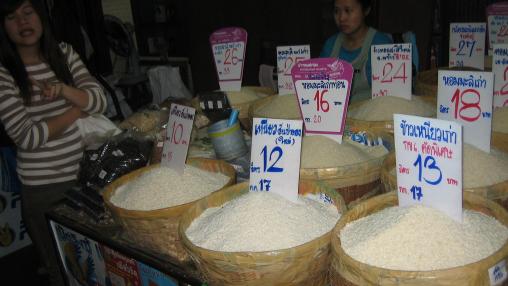
Staple Food Prices Generally Calm, But Rice, Coffee, Sugar See Volatility Rise
Futures prices for most staple food commodities have fallen since February because of market supply chain disruptions associated with the spread of the COVID-19 virus and lower oil prices, among other factors. However, overall, price variability in the major agricultural commodity markets has remained relatively calm in the face of COVID-19-related shutdowns. Until recently, the exceptions to this relative calm have included hard wheat and coffee. Hard wheat saw moderate and high levels of price variability from April 9 to June 15. This appeared to be related to tightening of wheat markets with lower stock-to-utility ratios, measures taken by two major wheat-producing countries (Kazakhstan and Russia) to limit exports, and reports of prospects of less favorable growing conditions in parts of Ukraine and other parts of Europe. Price variability in coffee was driven by low stock levels and supply disruptions, but these conditions calmed in the second half of May.
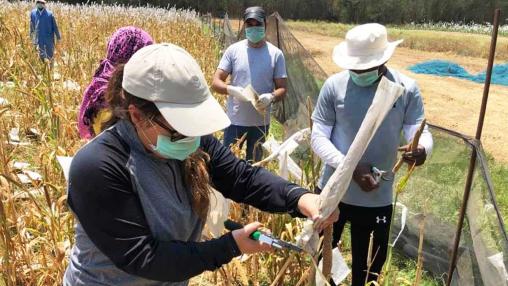
Addressing COVID-19 impacts on agriculture, food security, and livelihoods in India
With COVID-19 now spreading in India, massive consequences to health and livelihoods are feared, and the government has imposed a 21-day national lockdown to limit virus transmission. Given the precarious livelihoods of many Indians, agriculture, food security, and safety net policy and program responses are also urgently required. Prof. Mahendra Dev, an experienced academic and policy maker in India, provides additional insights into what actions and reforms are needed, and soon.—John McDermott, series co-editor and Director, CGIAR Research Program on Agriculture for Nutrition and Health (A4NH).
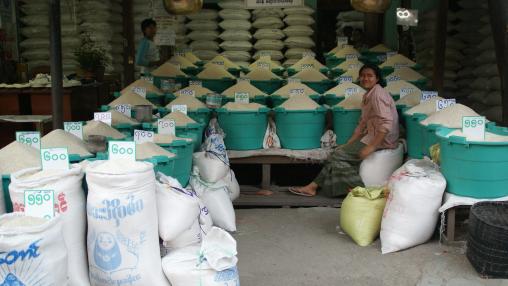
Food Price Index Falls for Third Consecutive Month
The FAO Food Price Index fell for the third consecutive month in April as global markets continue to see the effects of COVID-19. The 3.4-percent decrease brought the Index to the lowest point seen since January 2019.
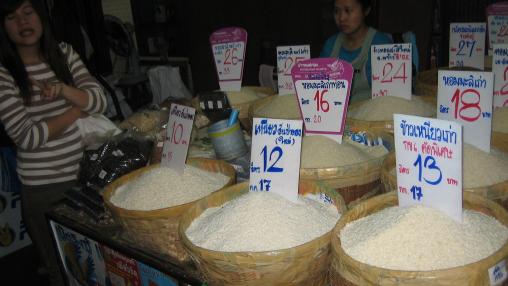
Food Price Index Falls for Third Consecutive Month
The FAO Food Price Index fell for the third consecutive month in April as global markets continue to see the effects of COVID-19. The 3.4-percent decrease brought the Index to the lowest point seen since January 2019.

Building inclusive food systems: 2020 Global Food Policy Report Released
Inclusive, sustainable food systems are crucial for long-term economic and food security, particularly in light of the new challenges presented by COVID-19.
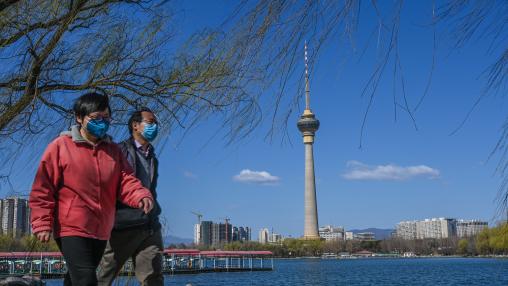
As COVID-19 spreads, no major concern for global food security yet
The novel coronavirus (COVID-19) continues to spread rapidly. So far, more than 116,000 cases and over 4,000 deaths have been reported worldwide. Since its start in China in December, the outbreak has spread to over 100 countries in less than three months. To contain the pandemic, entire cities and regions in Asia and Europe have been by and large shut down, putting a halt to much economic activity, quarantining workers and idling factories and many service activities. Major sports events are being cancelled and, around the world, international travel is being curtailed. In an unprecedented move, the IMF and World Bank have decided to hold their spring meetings virtually to avoid a large gathering of people in Washington, D.C., that might become a breeding ground for the virus to spread.